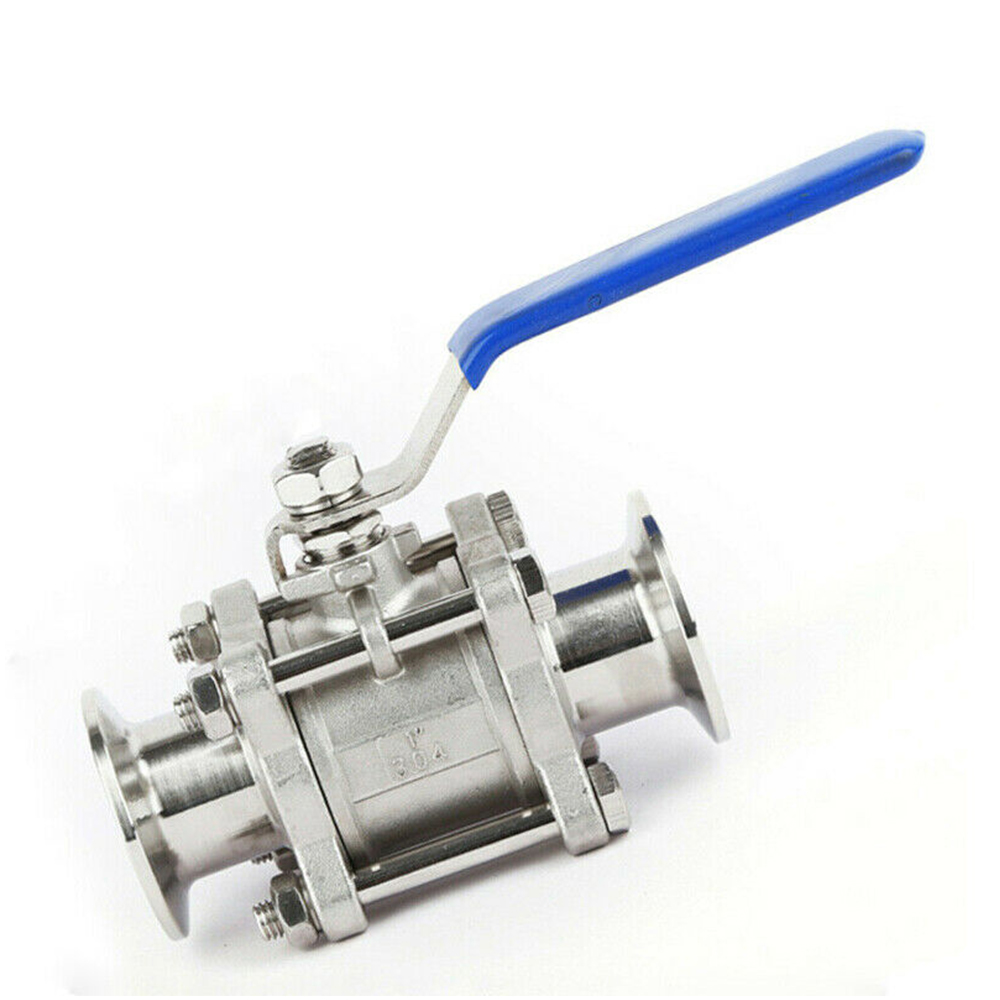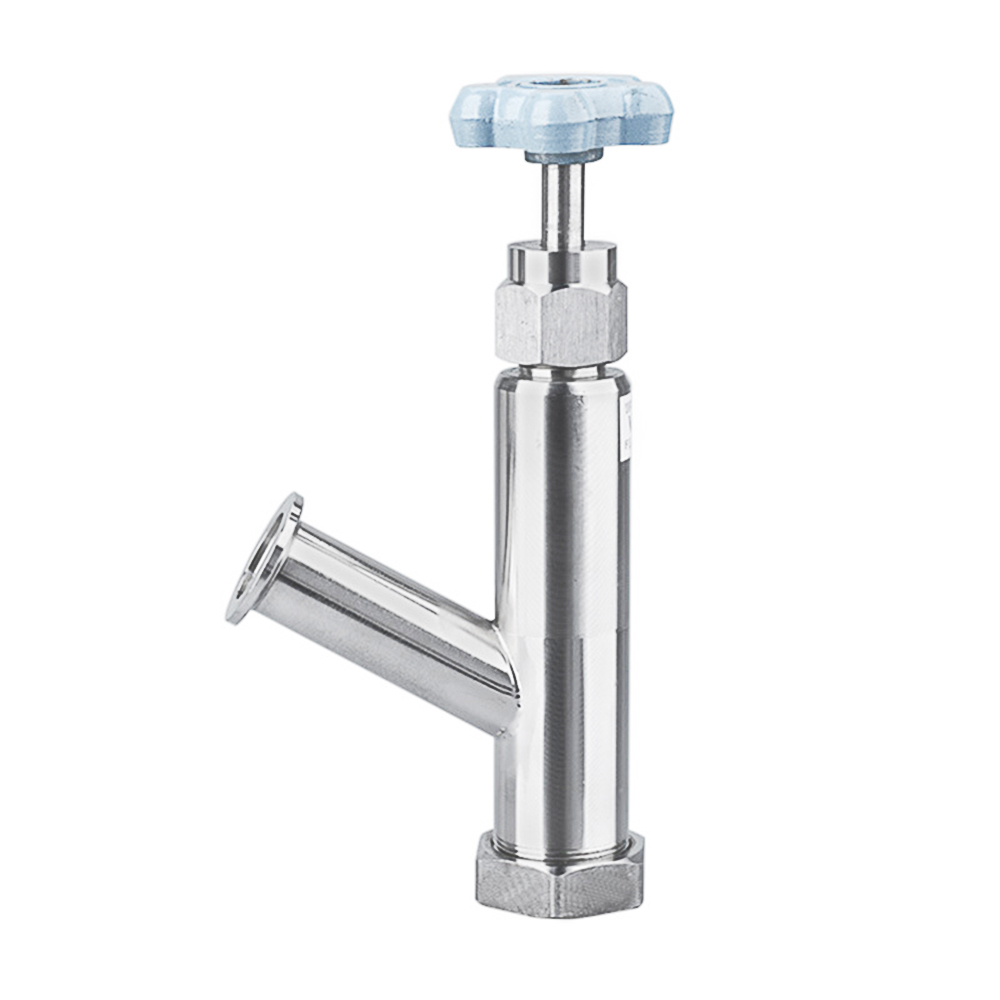
Hydraulic Valve Connection
A hydraulic system that can complete a certain function is organically combined by a number of hydraulic valves. The connection methods between the hydraulic valves are: tube connection, plate connection, integrated type, etc. The integrated type can be divided into: integrated block type, superposition valve type and cartridge poppet valve type.
- Tubular connection Tubular connection means to connect various hydraulic valves with pipes to each other. Pipes and valves are generally connected with threaded pipe joints. For large flow, flange connection is used. Pipe connection does not require other special connecting components. The operating route of the oil between the valves in the system is clear at a glance, but the structure is relatively scattered, especially for the more complex hydraulic system, which takes up a large space, staggered pipelines, and has many joints, which is not convenient for installation and maintenance. It is easy to cause oil leakage and air infiltration, and sometimes produces vibration and noise. Therefore, it is not often used in many occasions.
- Plate connection In order to solve the problems in the pipe connection, plate hydraulic components appear. Plate connection is to uniformly install the plate standard hydraulic components required in the system on the connecting plate. The connecting plate has several forms:
(1) The single-layer connecting plate valve is installed in front of the vertical connecting plate, and the valve oil circuit is connected with oil pipes behind the plate. This type of connecting plate is simpler and easier to check the oil circuit, but there are many oil pipes on the plate and the assembly is extremely troublesome. , It takes up a lot of space.
(2) The double-layer connecting plate has an oil groove between the two plates to connect the oil path between the valves, and the two plates are fixed together with adhesive or screws. This method has a simpler process and a compact structure, but when in the system When the pressure is too high or hydraulic shock occurs, it is easy to form a gap between the two plates, causing the problem of oil leakage and cavity, so that the hydraulic system cannot work normally, and it is not easy to check for faults.
(3) The integral connecting plate drills or casts holes in the middle of the integral plate to connect the oil passage between the valves. This is reliable, but the drilling workload is large and the process is more complicated. It is difficult to clean sand if the cast holes are used. In addition, the integral connecting plate The double-layer connecting plate is designed according to a certain hydraulic circuit and system, and the system cannot be changed at will. If the system is changed, it needs to be redesigned and manufactured.
- Manifold type. Due to the problems in the aforementioned several connection methods, the integration of hydraulic devices has been developed in production. Manifold type is a way of integration, that is, with the help of manifold blocks, standardized plate hydraulic components Connected together to form a hydraulic system.
Four, superimposed valve type
The superposition valve is another way to integrate the hydraulic device. It is formed by directly connecting the superposition valve to each other. The hydraulic device composed of the superposition valve is generally the bottom plate at the bottom, and there are oil inlet, oil return and communication ports on the bottom plate. To the orifice of the hydraulic actuator, the first block above is generally a pressure gauge switch, and then various valves and flow valves are superimposed in sequence. The top layer is a reversing valve. A superimposed valve group generally controls a hydraulic actuator.






